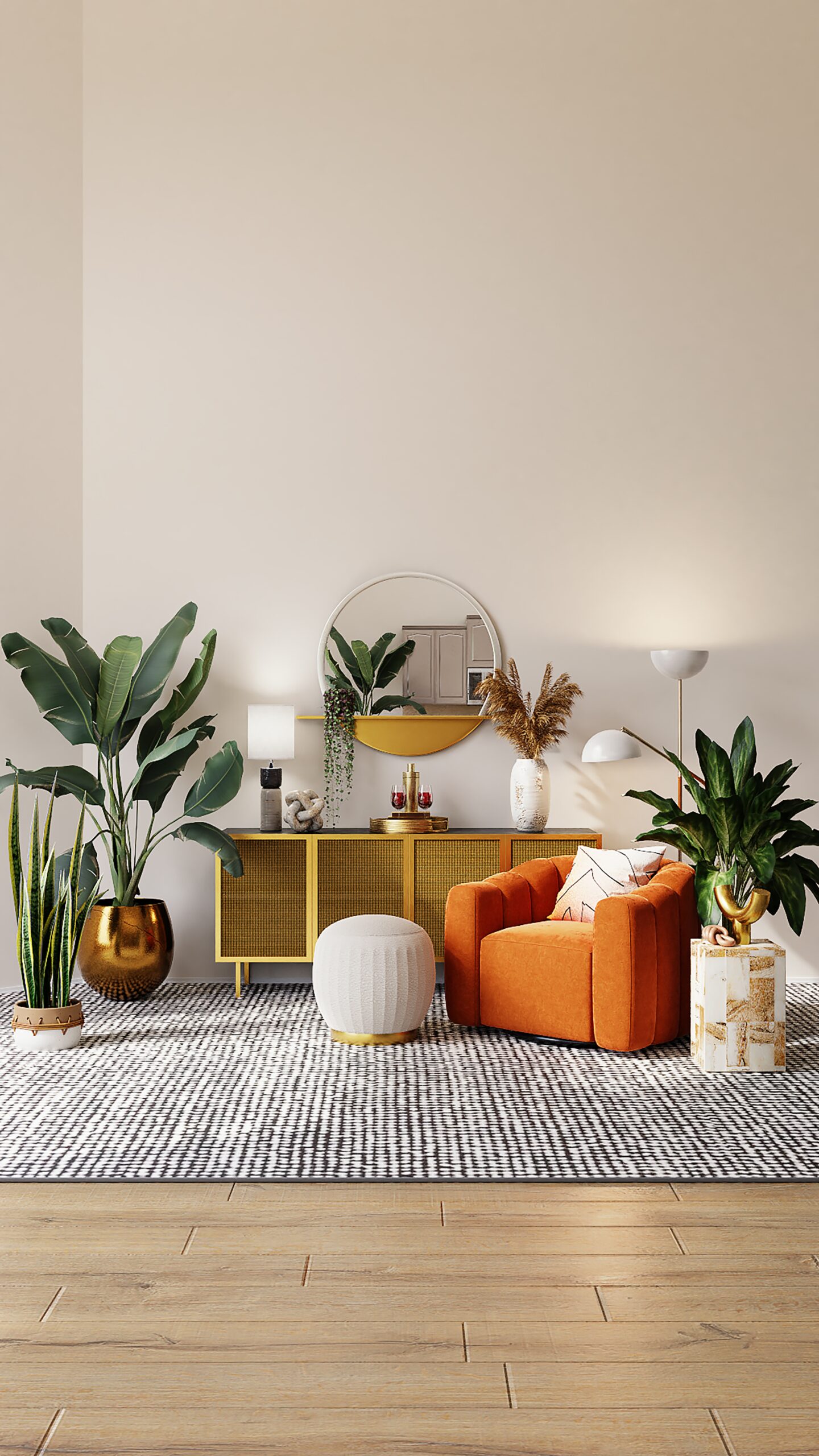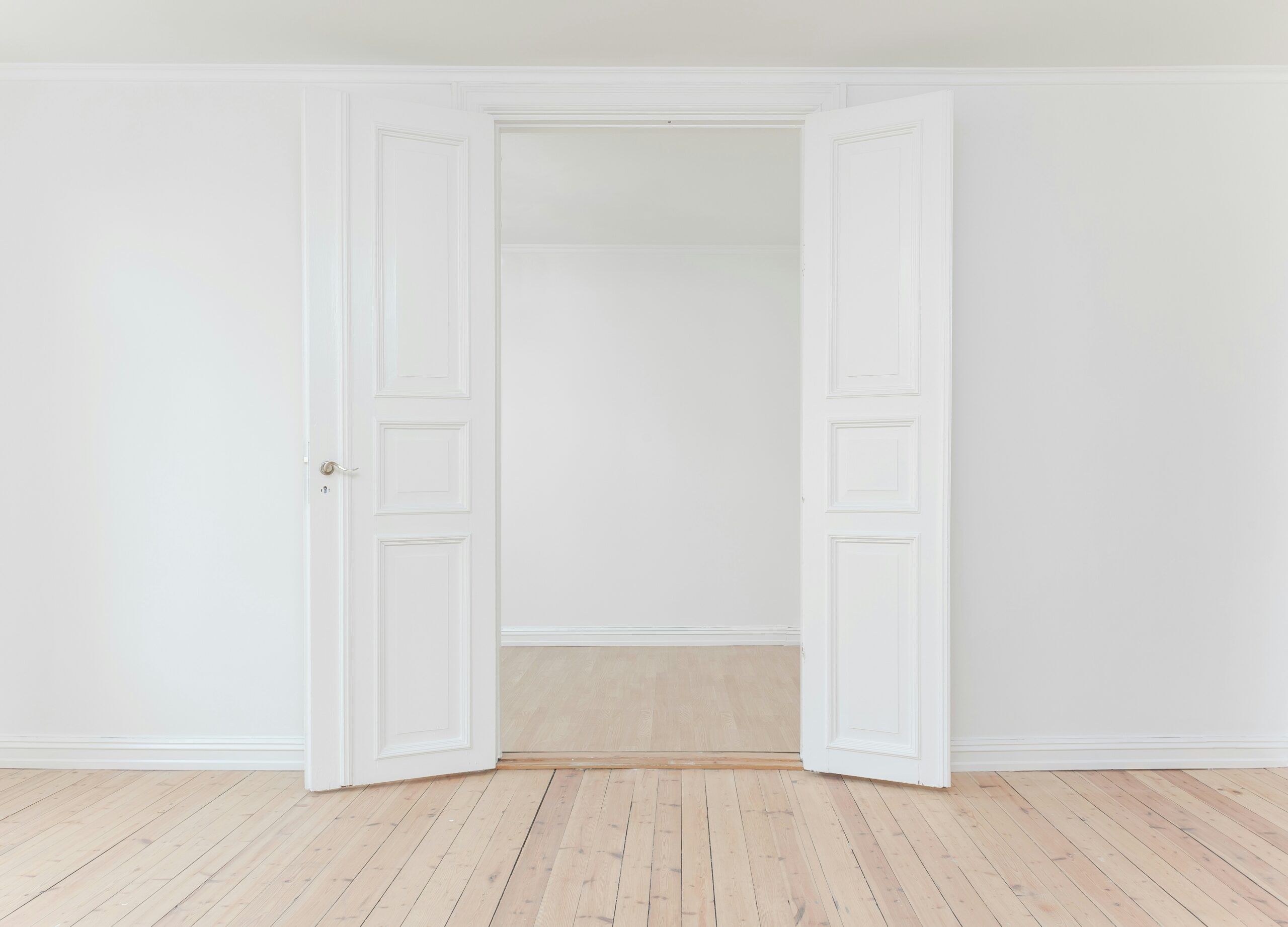Interior design is a multifaceted field that encompasses various sectors, each with its own unique focus and requirements. From residential spaces to commercial establishments, interior designers play a crucial role in creating functional and aesthetically pleasing environments. In this article, we will explore some of the different sectors of interior design and delve into the specific aspects that make each sector distinct.
Residential Interior Design
Residential interior design revolves around creating comfortable and visually appealing living spaces for individuals and families. Whether it’s a small apartment or a luxurious mansion, residential interior designers work closely with clients to understand their preferences, needs, and lifestyle. They focus on elements such as furniture selection, color schemes, lighting, and spatial planning to transform a house into a home.
Commercial Interior Design
Commercial interior design involves designing spaces for businesses, organizations, and institutions. This sector covers a wide range of environments, including offices, retail stores, restaurants, hotels, and healthcare facilities. Commercial interior designers strive to create spaces that align with the brand identity and functional requirements of the business. They consider factors such as traffic flow, branding, ergonomics, and accessibility to create spaces that enhance productivity, customer experience, and overall success.
Hospitality Interior Design
Hospitality interior design focuses on creating inviting and memorable spaces within the hospitality industry. This sector includes hotels, resorts, restaurants, bars, and entertainment venues. Hospitality interior designers aim to create a unique atmosphere that reflects the establishment’s theme and caters to the target audience. They pay attention to details such as furniture selection, lighting, acoustics, and ambiance to provide guests with a delightful experience.
Healthcare Interior Design
Healthcare interior design is dedicated to designing functional and comforting spaces within healthcare facilities. This sector includes hospitals, clinics, dental offices, and assisted living facilities. Healthcare interior designers prioritize creating environments that are safe, hygienic, and conducive to healing. They consider factors such as patient privacy, infection control, accessibility, and efficient workflow to enhance the overall patient experience.
Education Interior Design
Education interior design focuses on creating inspiring and conducive learning environments within educational institutions. This sector includes schools, colleges, universities, and libraries. Education interior designers work closely with educators to design spaces that promote collaboration, creativity, and productivity. They consider factors such as classroom layout, furniture design, technology integration, and acoustics to facilitate effective teaching and learning.
Exhibition and Museum Design
Exhibition and museum design involve creating engaging and immersive spaces to showcase artifacts, artwork, and exhibits. This sector requires a deep understanding of storytelling, spatial design, and visitor experience. Exhibition and museum designers use techniques such as lighting, signage, interactive displays, and multimedia to captivate and educate visitors.
Green Interior Design
Green interior design, also known as sustainable or eco-friendly design, focuses on creating environmentally conscious spaces. This sector emphasizes the use of sustainable materials, energy-efficient systems, and eco-friendly practices. Green interior designers aim to reduce the environmental impact of design projects while creating healthy and resource-efficient spaces.
These are just a few examples of the different sectors within the vast field of interior design. Each sector requires a unique set of skills, knowledge, and expertise. Whether it’s designing a cozy home, a bustling office, or an immersive museum, interior designers play a crucial role in shaping the spaces we inhabit.




